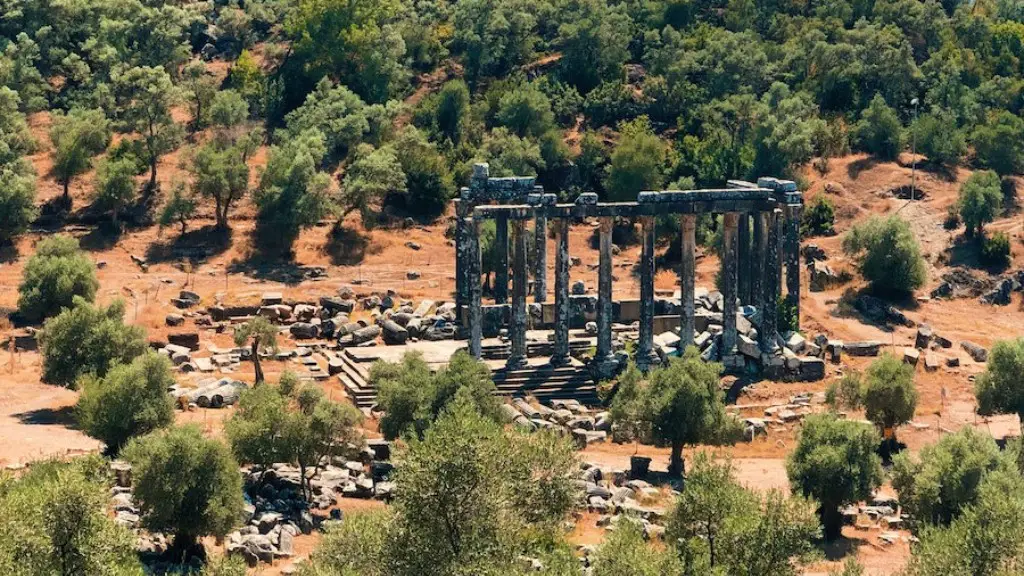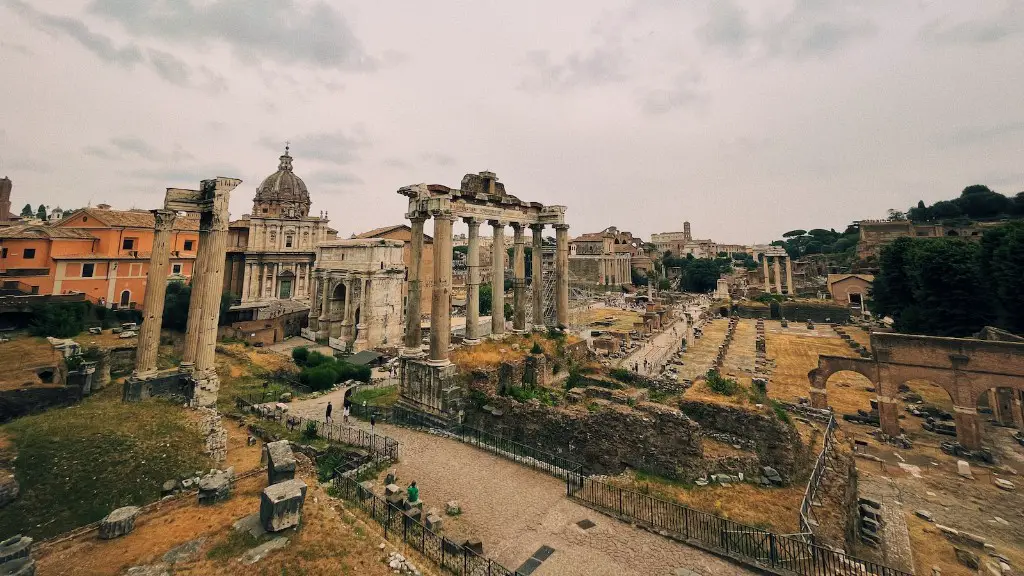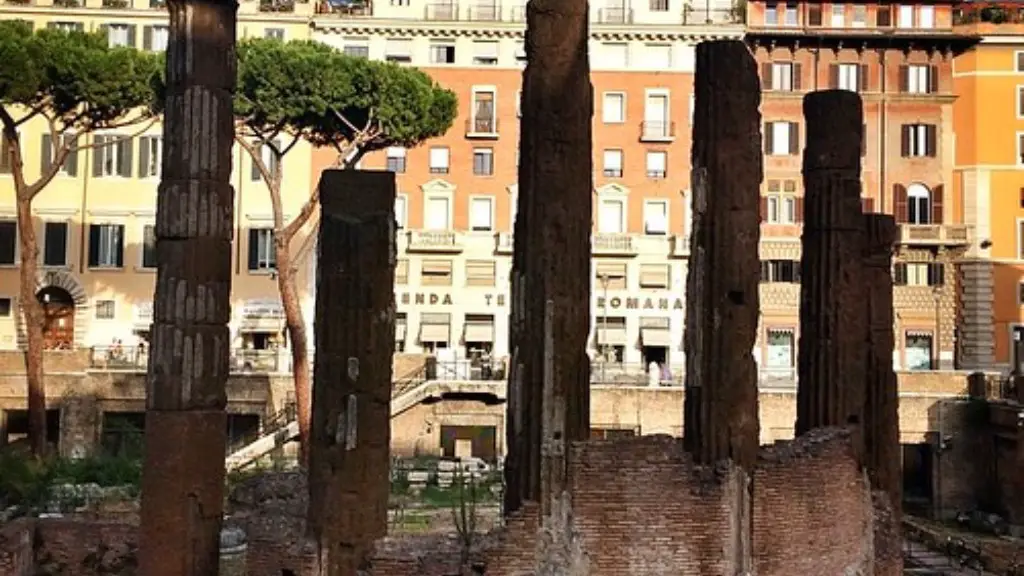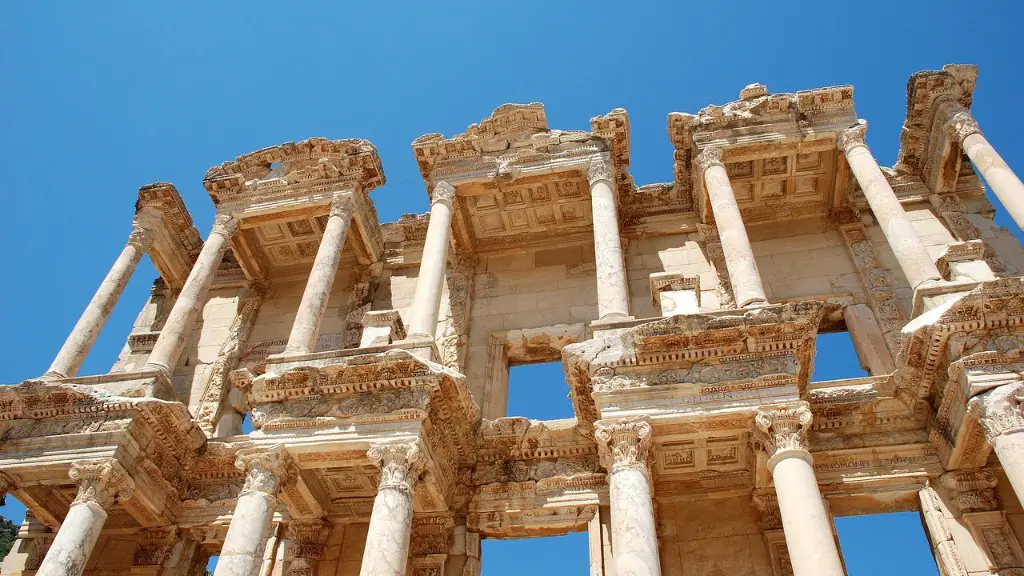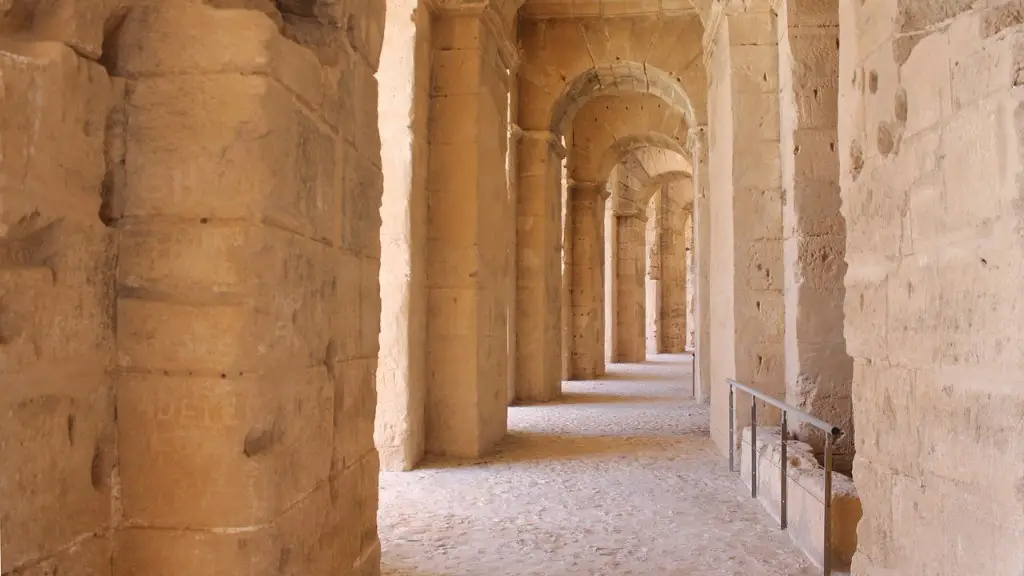Carved into the base of the statue of Marcus Aurelius on Rome’s Capitoline Hill are the words, “To the perpetuity of the empire, the people, the Senate, and to all future ages.” This formula encapsulates the core components of Roman society: the emperor, the people, and the Senate. The word people, in Latin, is populus, and refers to the entire citizen body of Rome, both rich and poor, free and enslaved. The largest group within the populus were the plebeians, who made up the vast majority of Rome’s citizens.
Plebeians were originally free peasants who owned their own land. They were the backbone of the early Roman army and provided most of the troops for the wars waged by the city-state. As Rome expanded and conquered new territory, the number of landless peasants increased. These landless peasants were still considered plebeians, but they were at the bottom of Roman society, without the means to support themselves or their families.
In order to solve this problem, the Roman government set up a system of public assistance, which included the distribution of land to landless peasants and food and other supplies to those in need.
The plebeians in ancient Rome were the lower class of citizens who didn’t have much political power.
Are plebeians rich or poor?
The late Republic was a time of great social and economic turmoil in Rome. The rich plebeians were a growing force to be reckoned with, while the poor patricians were struggling to keep up. This led to a lot of tension between the two groups.
The patricians were the upper class in ancient Rome, while the plebeians were the lower class. The two groups were completely separated, with the patricians having all the power and the plebeians having none. This separation led to the plebeians being poor and living in poor conditions, while the patricians lived in luxury.
Why were plebeians so important to Rome
The plebeians were an important part of Roman society because they had a strong work ethic. They became productive citizens of Rome, participating in a variety of occupations including farming, building, and crafting. They made up the majority of the Roman population and were referred to as the common people. The plebeians were essential to the success of Rome and its empire.
The Roman plebeians were the common working class of the Roman republic. They were free citizens who were not patricians or slaves. The Roman plebeians made up the majority of the population of the republic.
What jobs did plebeians do?
Plebeians were the average working citizens of Rome. They worked hard to support their families and pay their taxes. They were farmers, bakers, builders, or craftsmen.
The plebeians were the lower class citizens of Ancient Rome who were not allowed to hold public office or marry patricians. Around 494 BC, the plebeians began to fight against the rule of the patricians. This struggle is called the “Conflict of the Orders.” Over the course of around 200 years, the plebeians gained more rights.
What did the plebeians fight for?
The Conflict of the Orders was a political struggle between the plebeians and patricians of the ancient Roman Republic lasting from 500 BC to 287 BC. The plebeians sought political equality with the patricians, but the patricians maintained their grip on power. This struggle had a profound impact on the course of the Republic and the development of Roman law.
Caesar helped the plebeians by creating jobs for them. He also redistributed some of the large amounts of land owned by the patricians to plebeians. It would not be fair if only the rich had land simply because they had more money.
How were plebeians treated
The plebeians were originally a class of Roman citizens who were excluded from the Senate and from all public offices except that of military tribune. Before the passage of the law known as the Lex Canuleia (445 bce), they were also forbidden to marry patricians. The Lex Canuleia extended the right of marriage to plebeians, and also allowed them to hold certain public offices. Over time, the plebeian class gained more political power and eventually came to dominate the Roman state.
After the Conflict of the Orders, plebeians were allowed to participate in politics and gain political offices and power in society. The plebeians elected tribunes to give them a voice in government. However, the patricians held most of the power. The plebeians did not have as much power as the patricians, and they were not able to participate in government to the same extent.
Did plebeians make laws?
Although the plebeians could elect their own lawmaking body, the Council of Plebs, the laws made by the council only applied to plebeians, not to patricians. While the plebeians had gained some important rights, they still had less power than the patricians.
The Plebeian Council was established in 494 BC as a way for the plebeians to have a voice in government. The council was made up of tribunes, who were elected by the people. While the plebeians each belonged to a particular curia, only the patricians could vote in the Curiate Assembly. This allowed the patricians to control the government. In order to give the plebeians more power, the Lex Hortensia was passed in 287 BC. This law stated that any decision made by the Plebeian Council was binding on all citizens, regardless of social class.
How did Romans treat female slaves
There was a huge disparity in the legal and social status of women and slaves in ancient Greece. Women could be honoured for being priestesses or family members and had some citizen rights. Slaves, by contrast, had no legal or social standing at all and could be treated as beasts of burden by their masters. This imbalance in status led to a great deal of mistreatment and exploitation of slaves, who were often seen as little more than tools or property.
One of the most controversial aspects of the Roman founder Romulus is the institution of slavery. According to the 1st century BC Greek historian Dionysius of Halicarnassus, Romulus began the practice of selling children into slavery, which kept growing as the Roman state expanded. This caused great debate and even some historian to question whether Romulus was a great founder at all.
Why were the plebeians so upset?
The plebeians were the common people of ancient Rome who were not members of the patrician class. They were unhappy with their lack of access to wealth and power and felt that the government and society were unfair to them.
Lunch for the plebeians consisted of bread and cheese with some fruit and nuts. Olives and celery were the main fruits and vegetables. Nuts such as chestnuts and sesame seeds were also eaten. Dinner consisted of bread and water with a small bowl of porridge.
Warp Up
The plebeians were the lower class citizens of ancient Rome. They were farmers, artisans, and tradesmen. The word plebeian comes from the Latin word plebs, which means the common people.
The plebeians were the common people of ancient Rome who were not members of the patrician class. The plebeians were originally indentured servants, but they eventually gained some political power through the formation of their own assembly, the Plebeian Council. The plebeians were also the main body of the Roman army.
